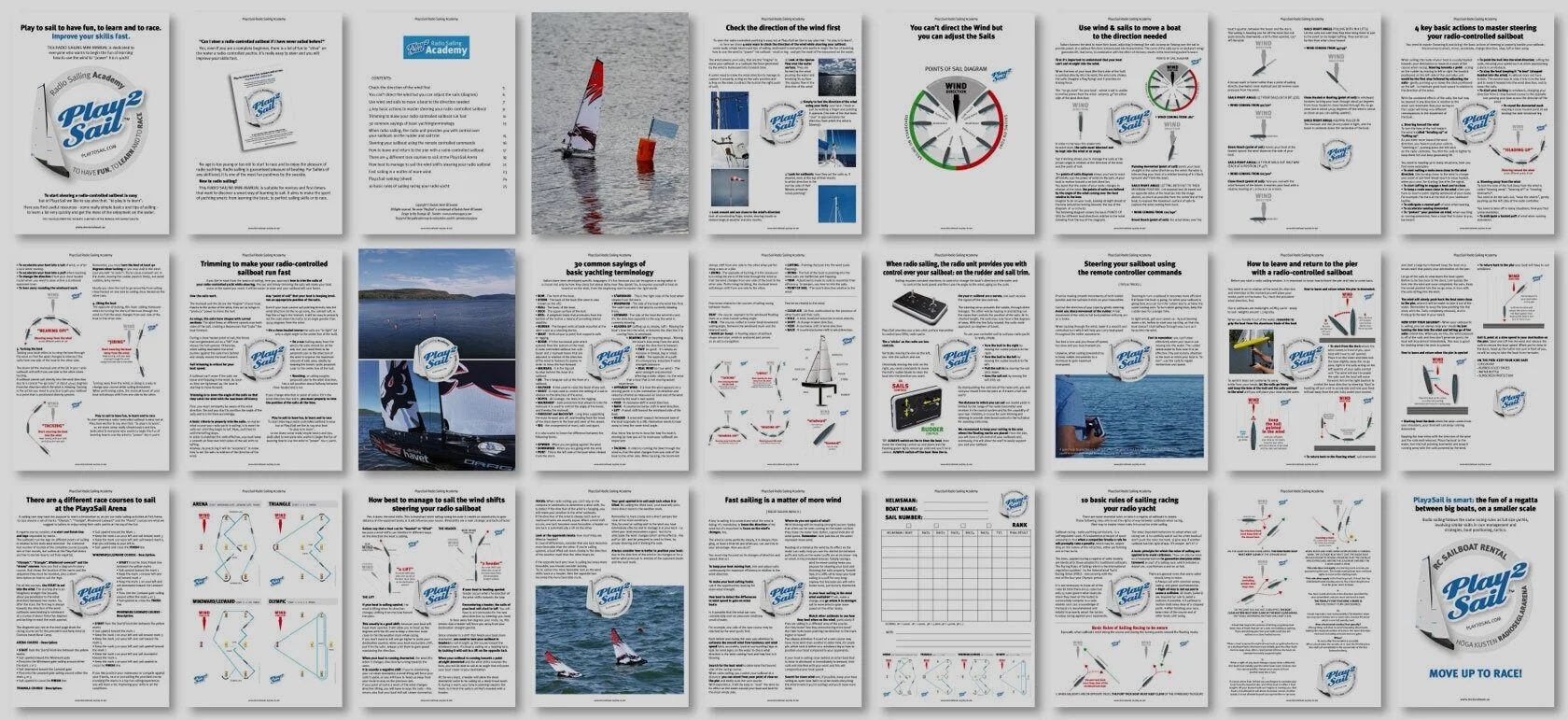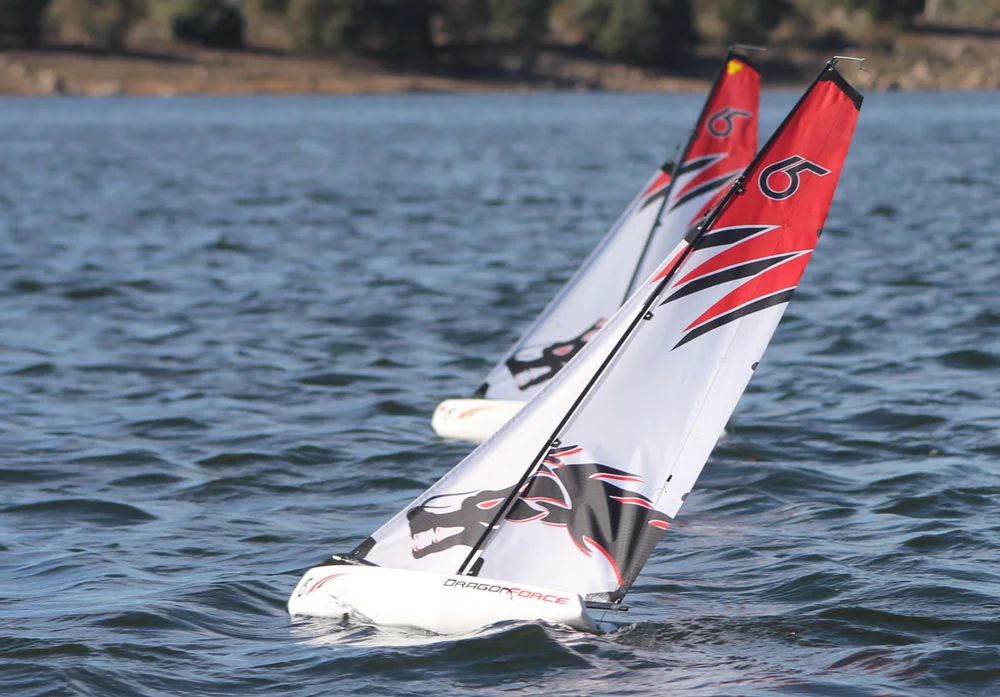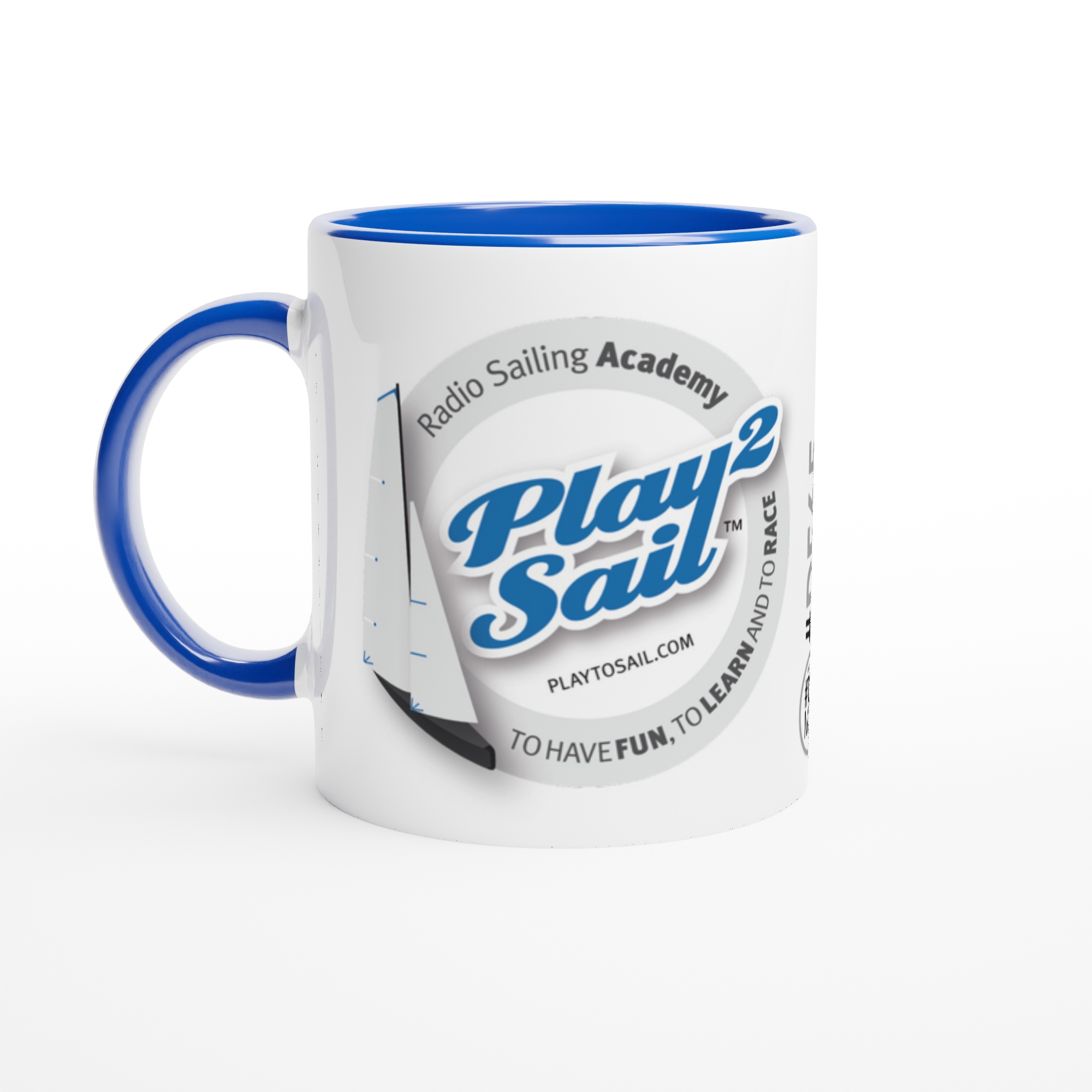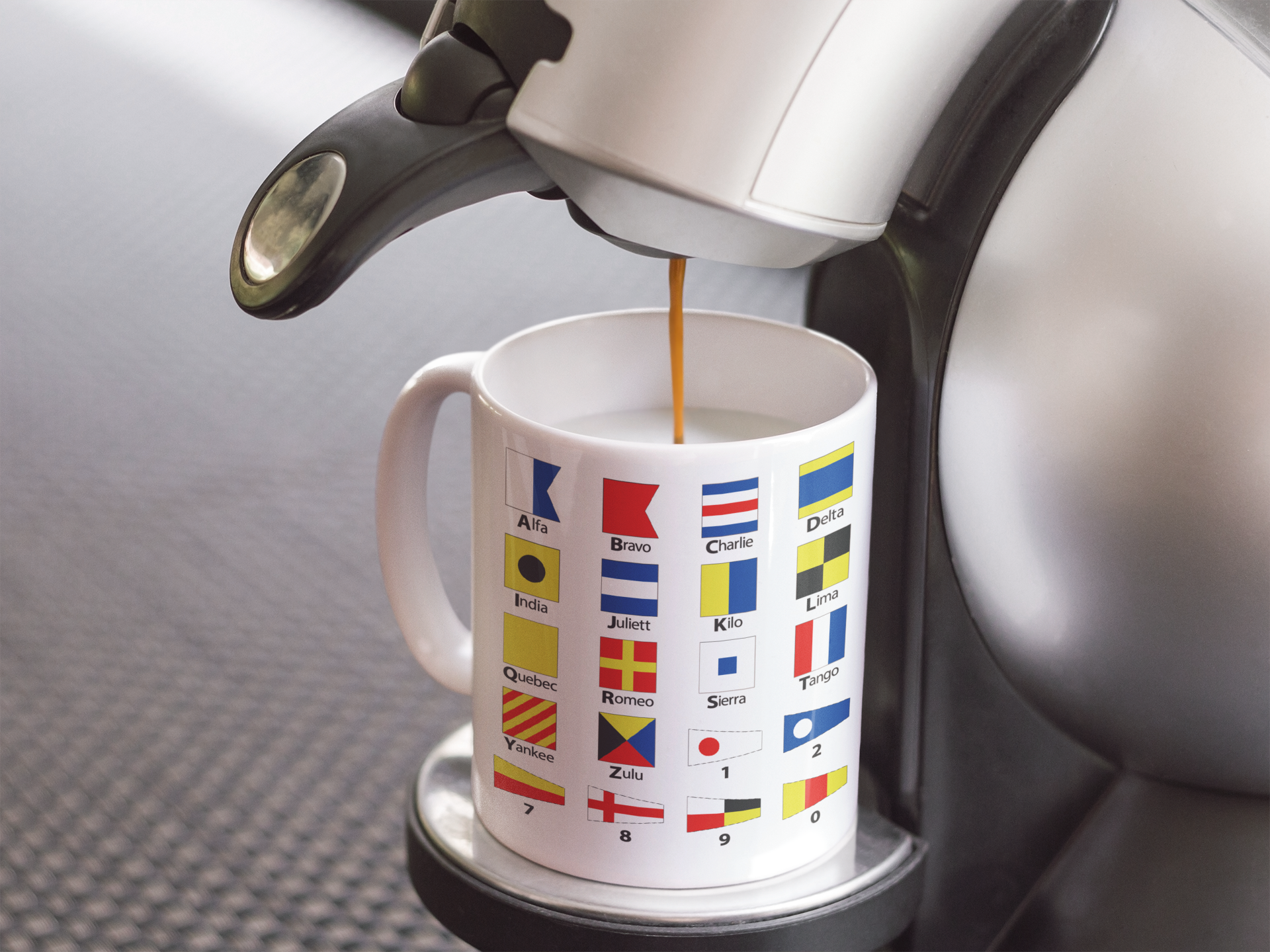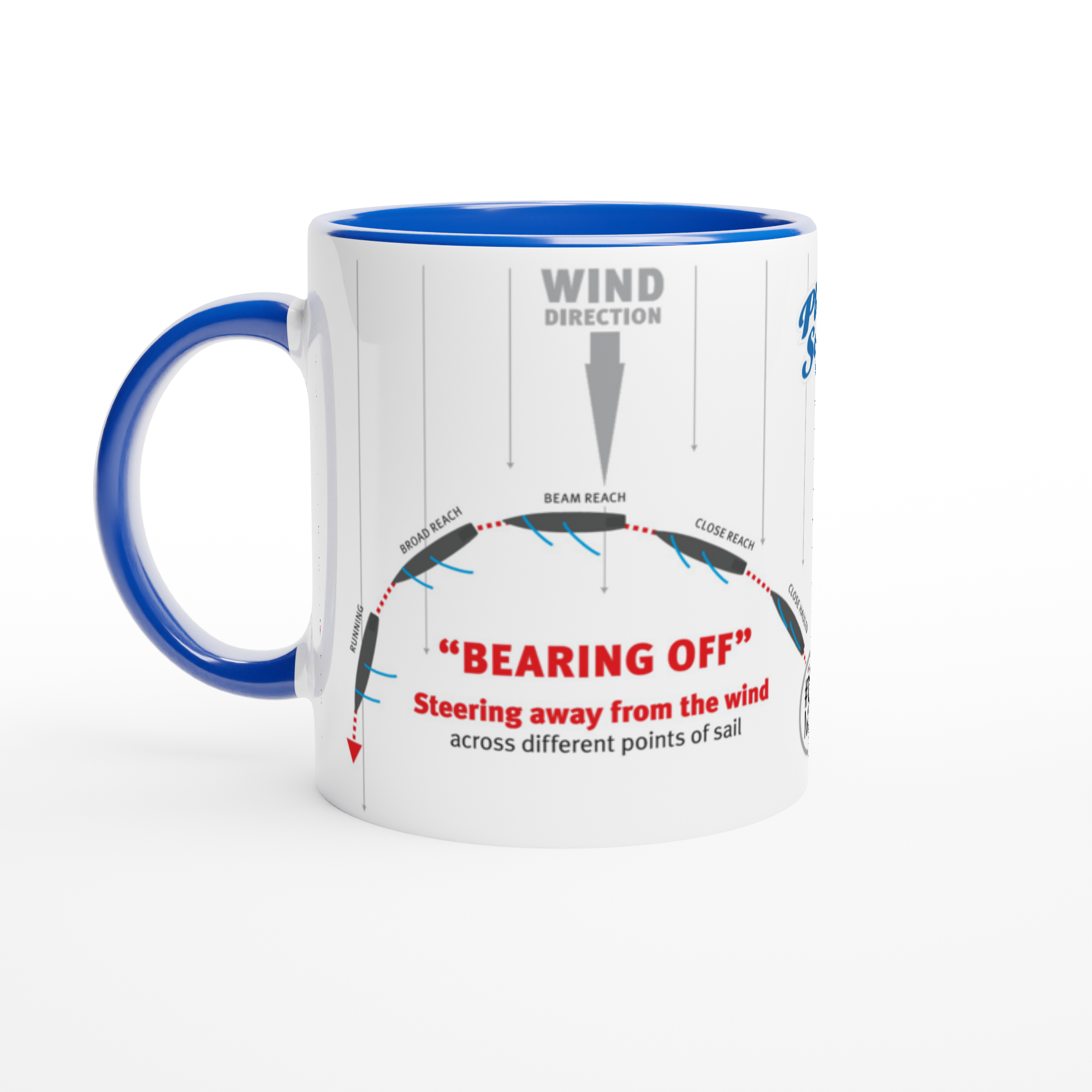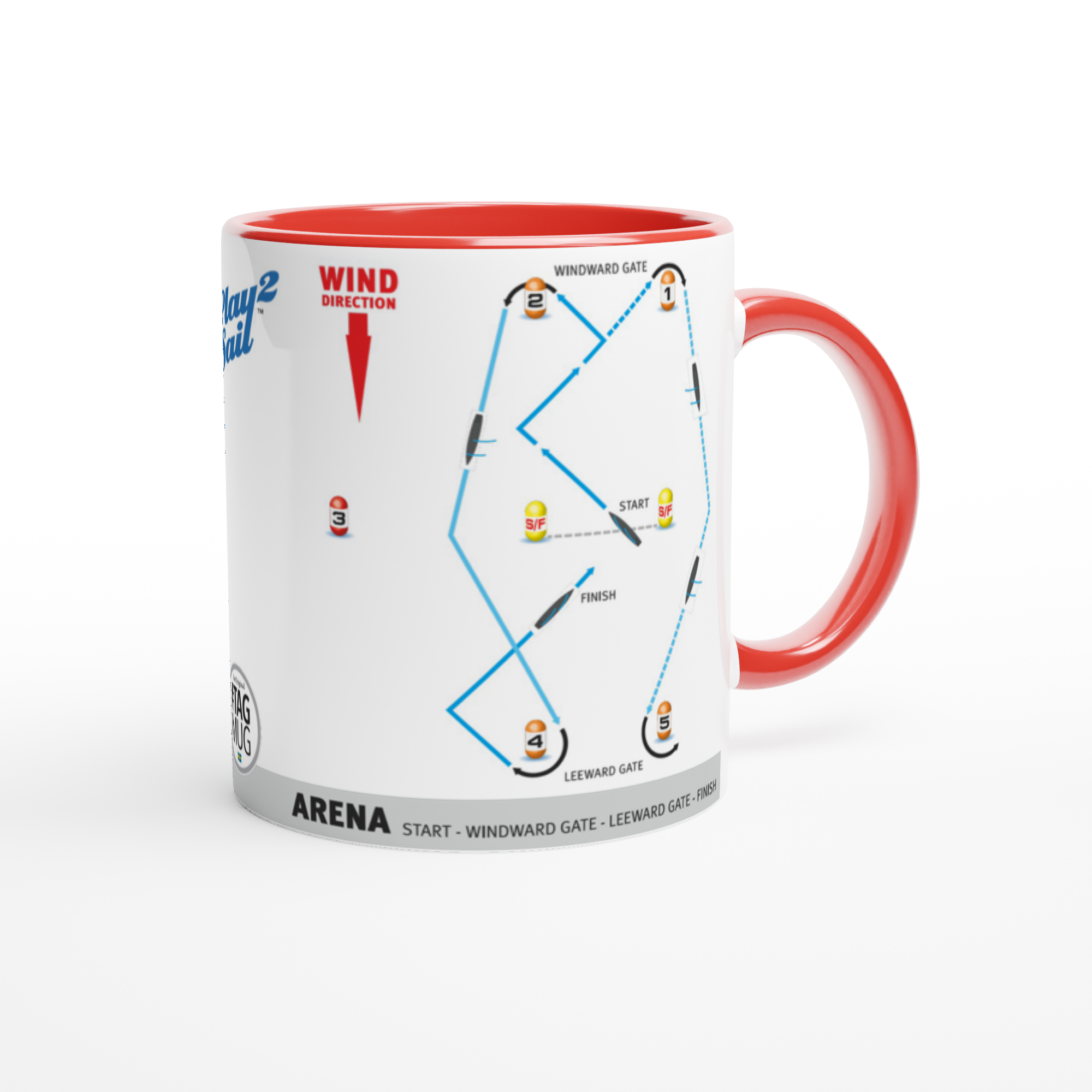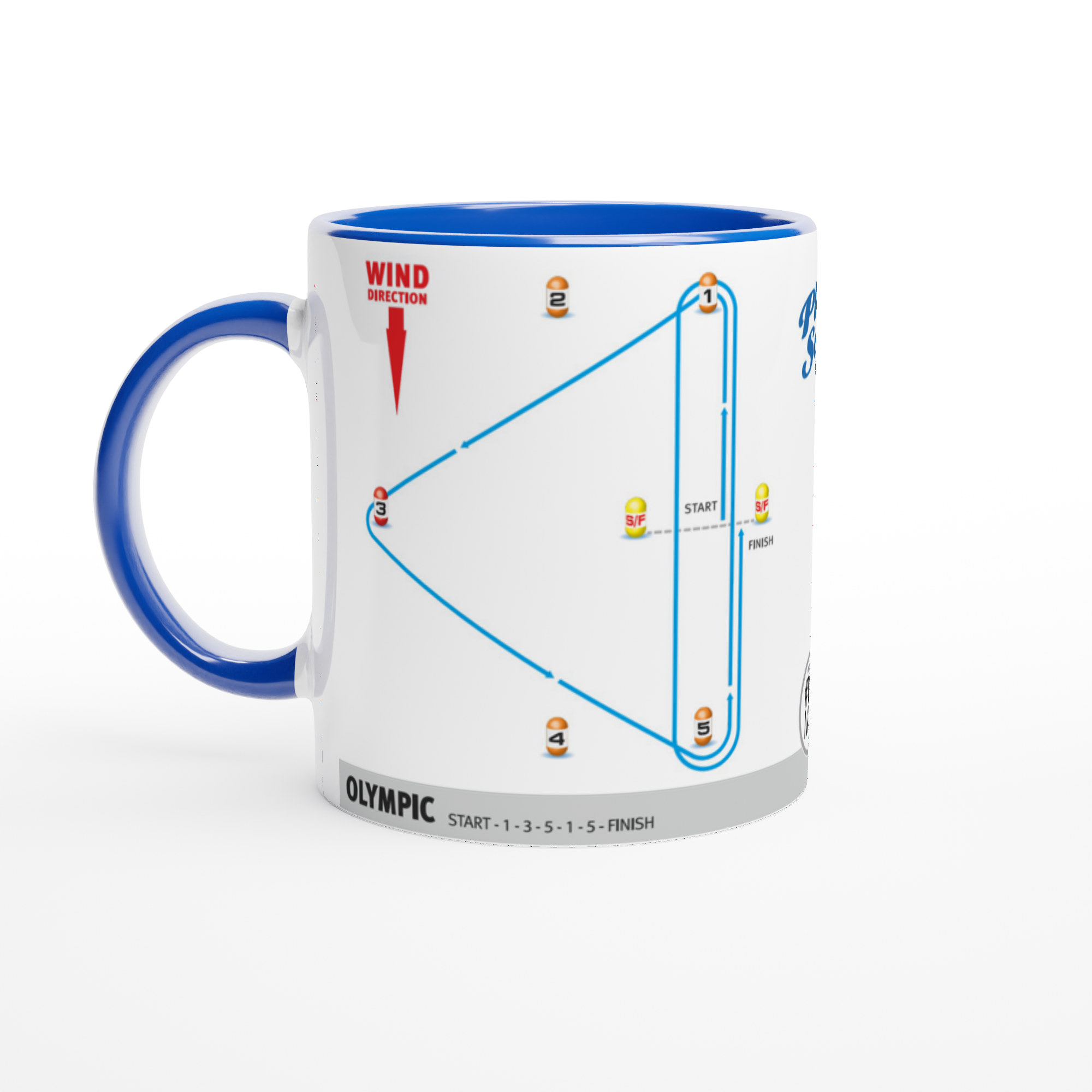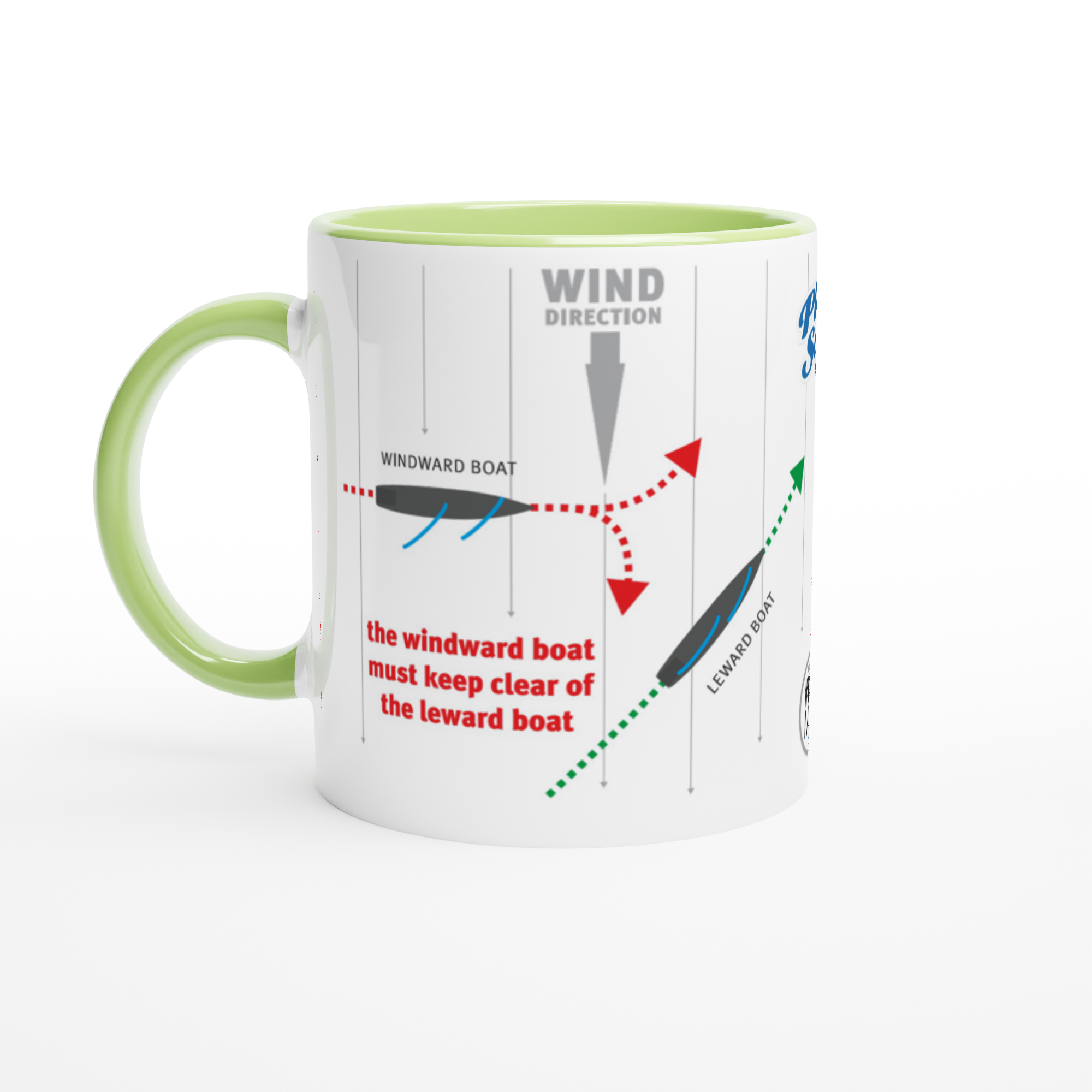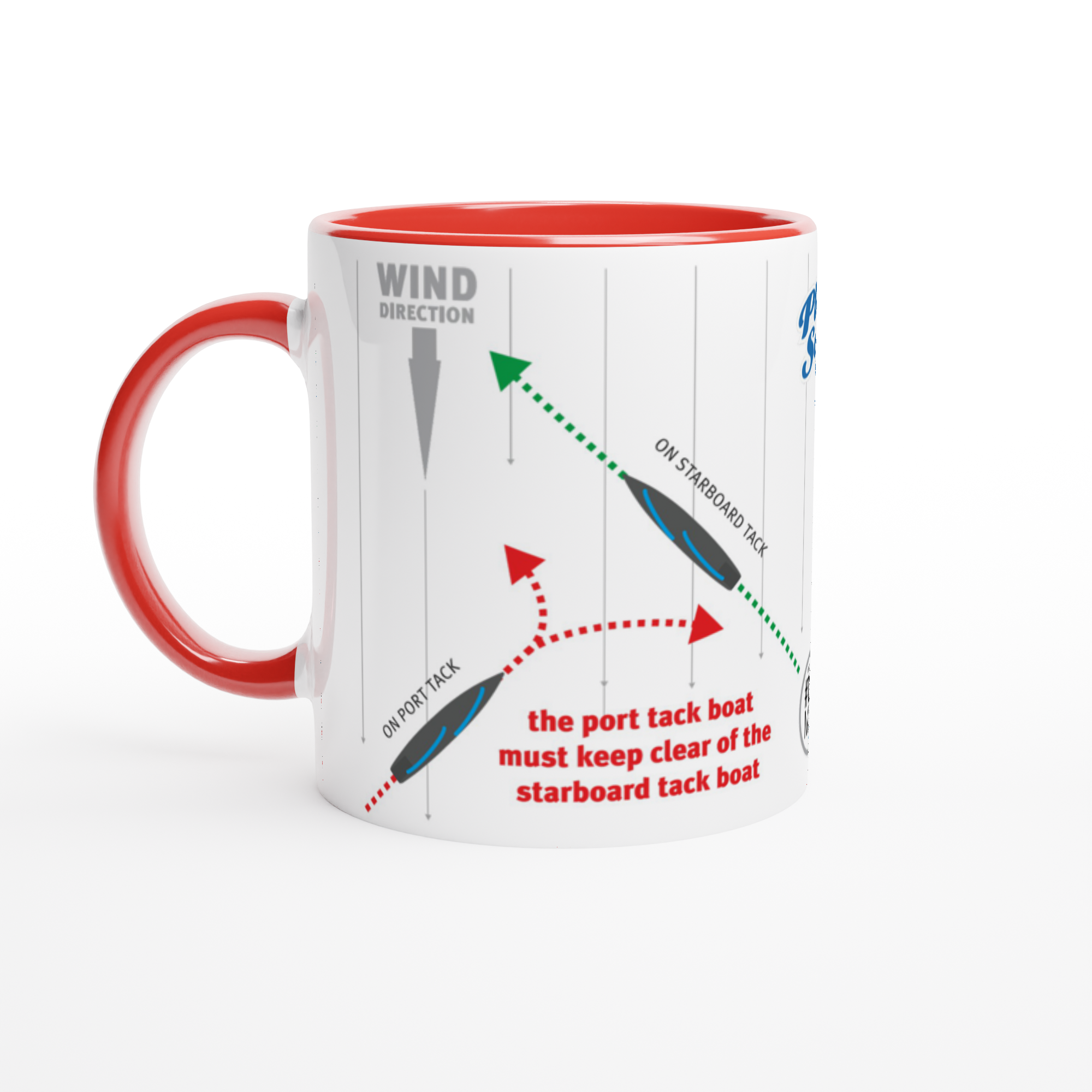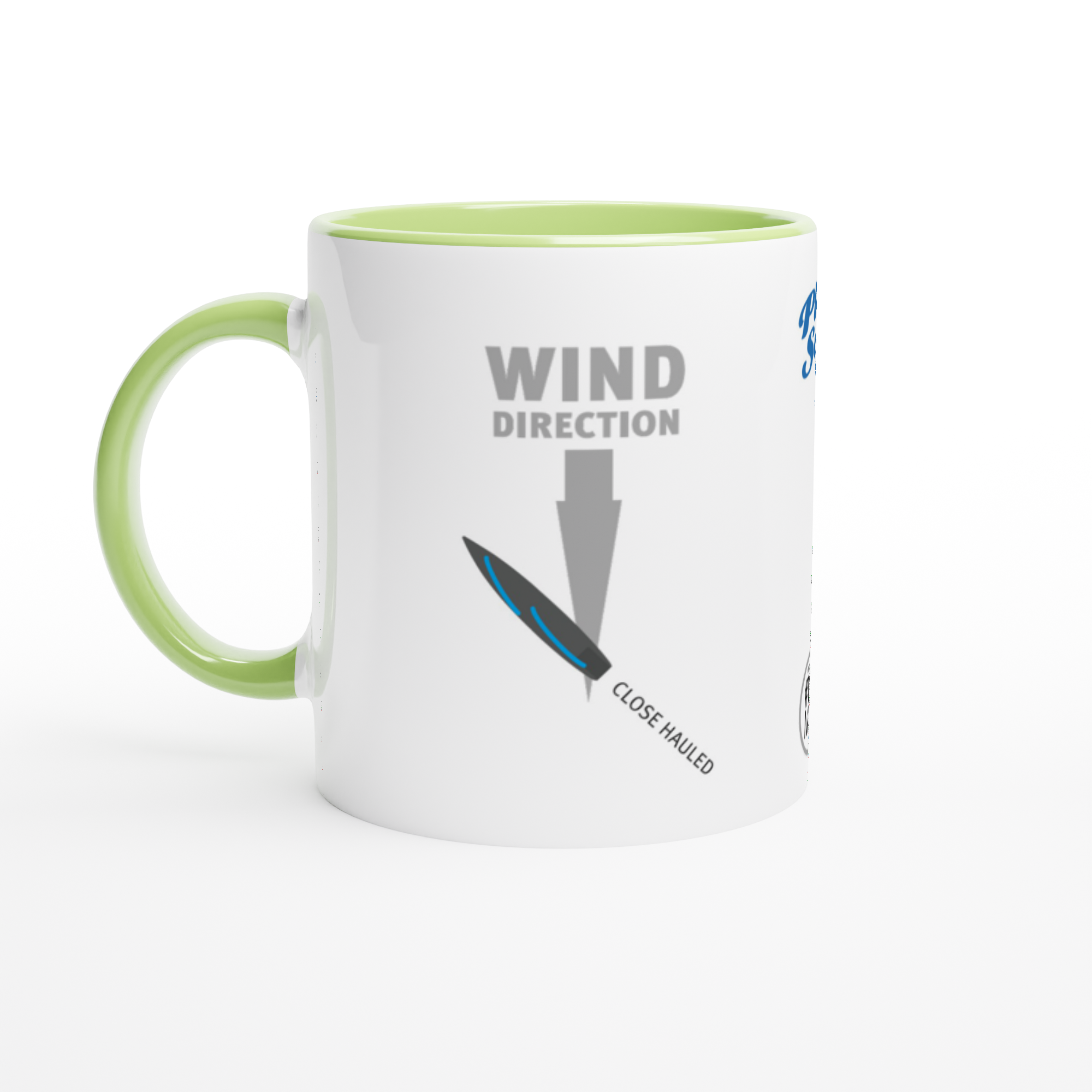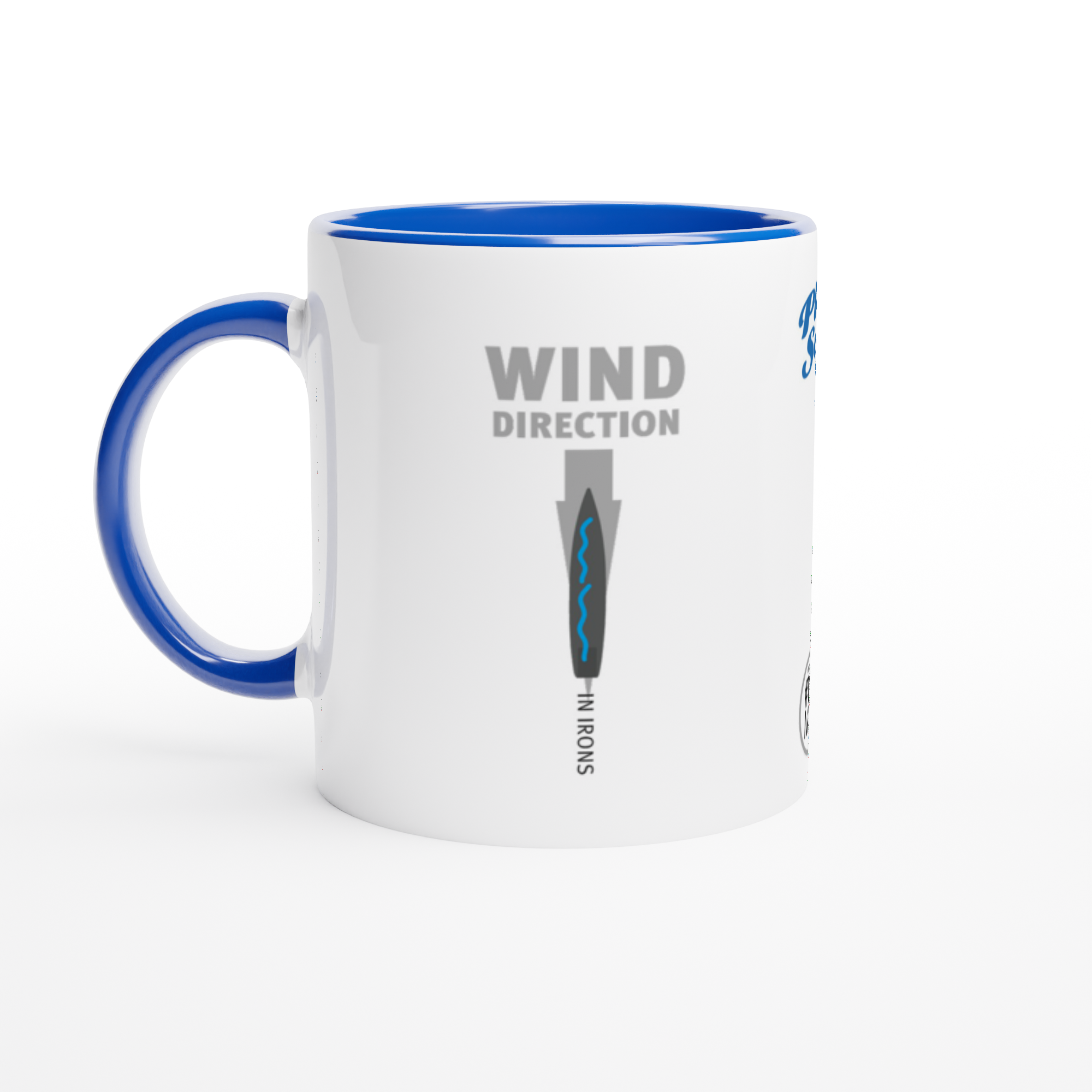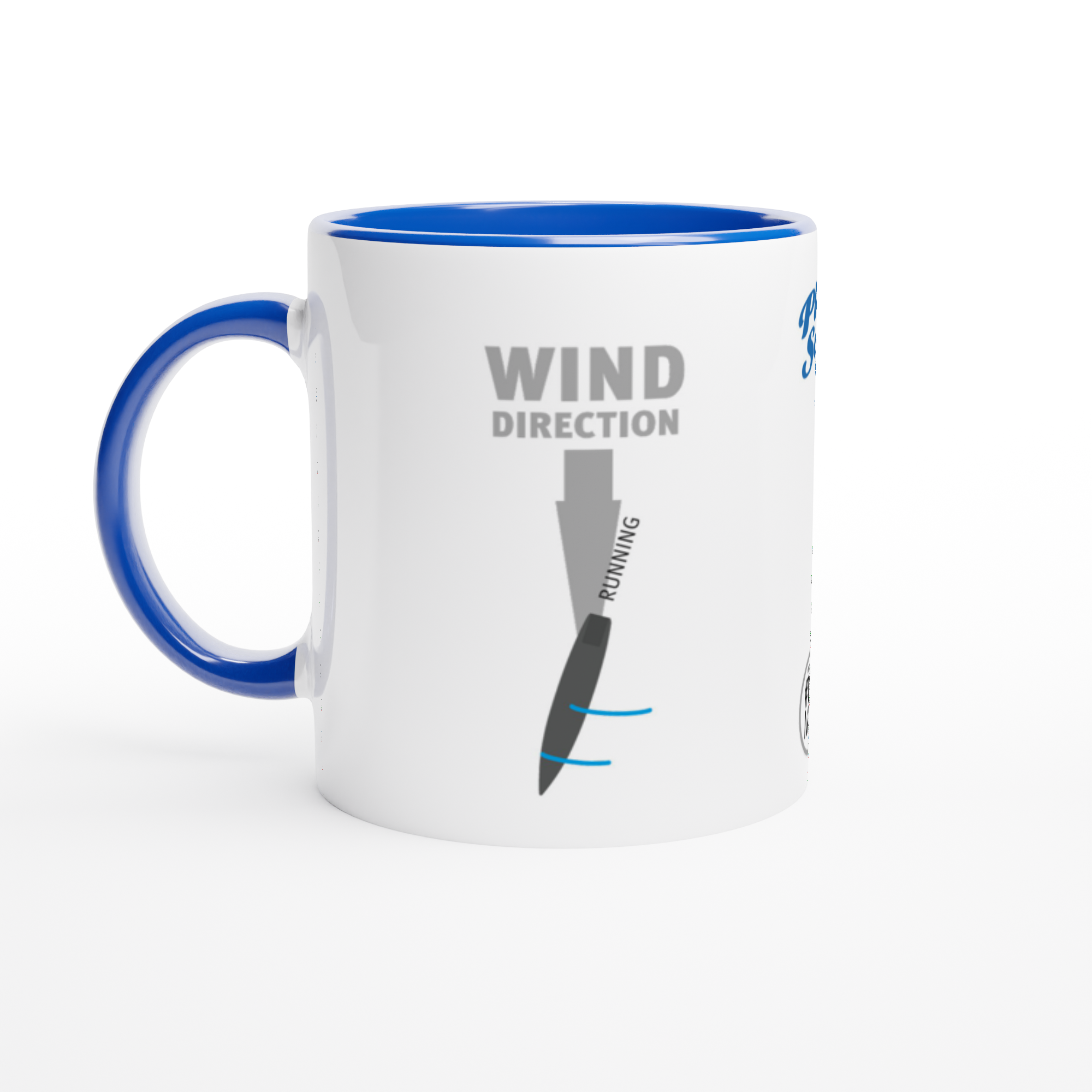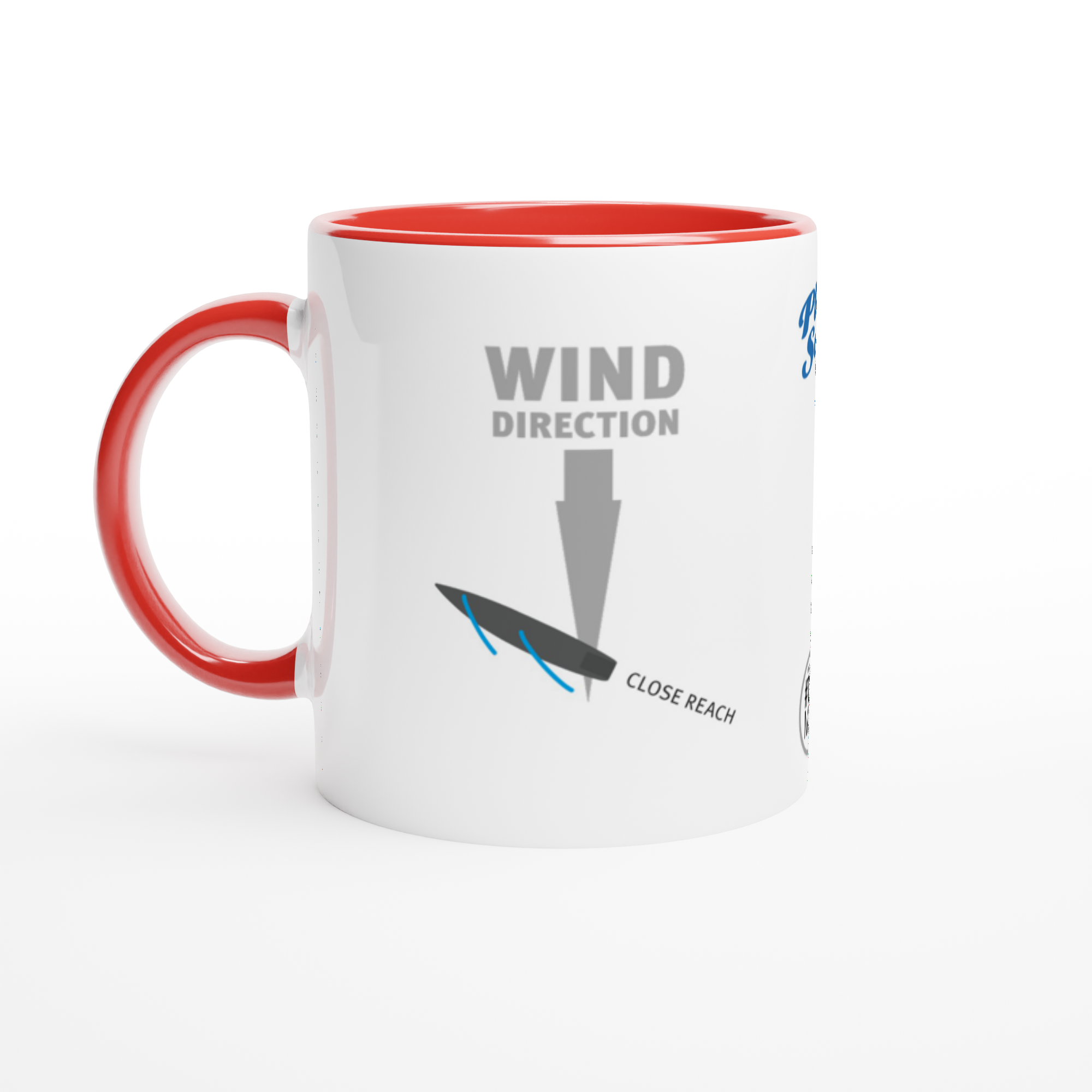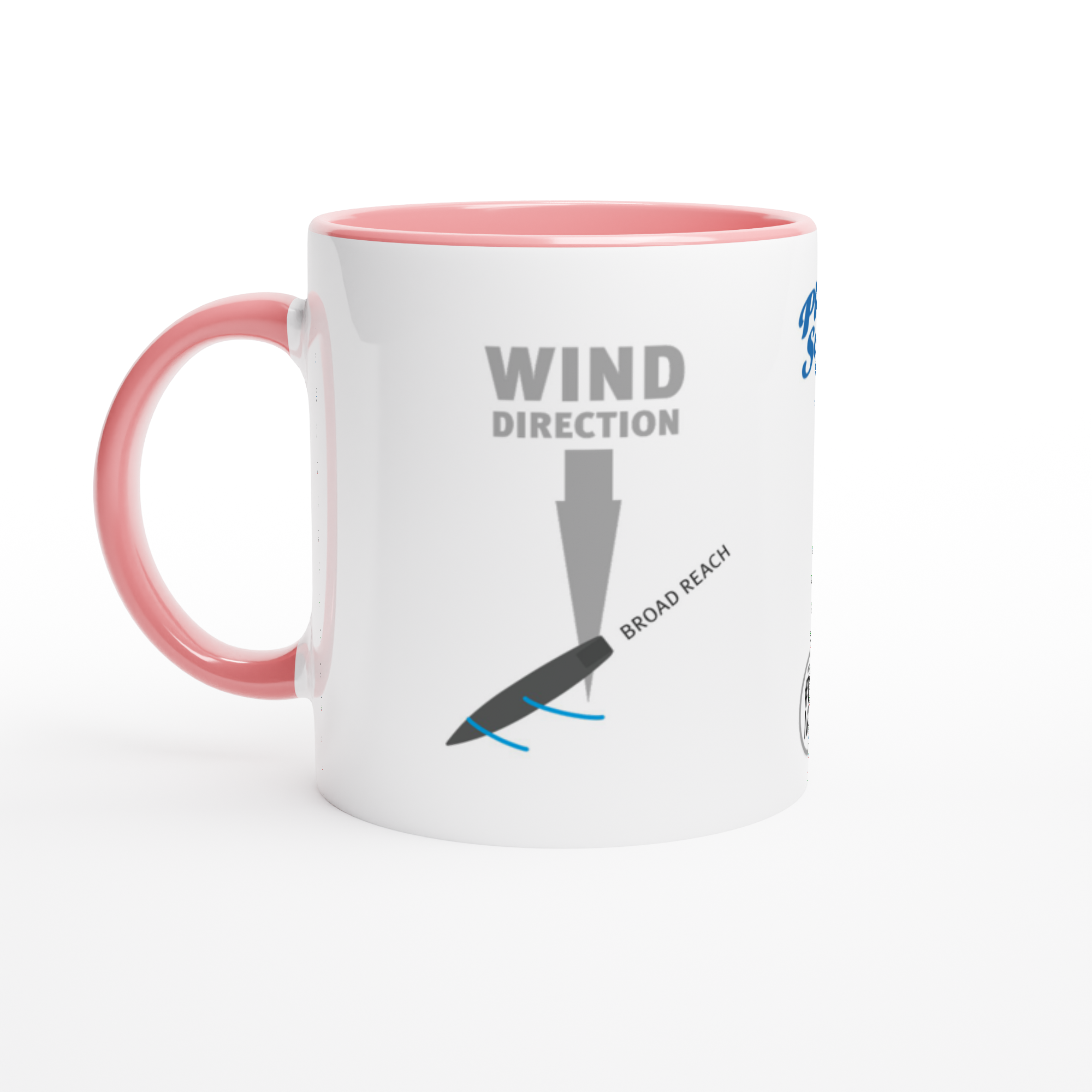Play to sail: the wind shifts, a lift or a header will affect your boat
Yes, it does: the wind shifts. This is important when sailing racing because it creates an opportunity to gain distance on the opponent boats or it will influence your losses.
Wind shifts are a main strategic and tactical factor.
How best to manage to sail the wind shifts steering your radio sailboat
[ Radio Sailing Basics ]
Sailors say that a boat can be "headed" or "lifted" because a wind shifts can interfere in different ways on the direction the boat is sailing.
The lift
If your boat is sailing upwind, the wind is lifting when its direction changes shifting from the bow toward the stern.
This usually is a good shift, because your boat will head more upwind: it will allow you to head up few degrees with the lift and to keep a direction more close to the the weather mark while racing.
If you don’t need to luff and go higher to point your destination upwind, when your boat encounters a lift, just trim the sails: release a bit them to gain speed mantaining the direction.
When your boat is running downwind, the wind lifts when it changes direction by turning towards the stern.
It is usually a negative shift. If you’re mantaining your run dead downwind, a wind lifting will force your sails to gybe, or you will have to head up away from your route to stay on the previous tack.
If your point of sail is a reach, if the wind changes direction lifting, you will have to ease the sails – this means also that your boat will sail slower downwind.
The header
If your boat is heading upwind, header occurs when the direction of the wind shifts towards the bow.
Encountering a header, the sails of your boat will start to luff. You will have to accommodate for the new wind direction by steering: you need to bear away few degrees your route, so, this means that a header will force you away from your destination straight upwind.
Since a header is a shift that heads your boat more downwind, you need to tack your sailboat in headers to sail straight up the course toward the windward mark. If a boat is sailing on a heading tack, by tacking it will sail in a lift on the opposite tack.
When your sailboat is running towards a point straight downwind and the wind shifts towards the bow, you will be able to sail at an angle that will point your boat closer to your destination. At the very least, a header will allow the dead downwind sailor to be sailing on a deep broad reach. If, during a reach, your bow is pointing towards the mark, to trim in the sails is all that’s needed with a header.
Elevate your RC Sailing skills:
Free resources at your fingertips >
As a skilled sailor, you know the value of continuous learning. Access our advanced free online resources to refine your techniques and build your confidence with expert insights. No fees, no membership - just pure learning and fun. Discover Play2Sail Academy today!
For a comprehensive deep dive, our e-manual is available for purchase, offering in deep knowledge and expert advice to take your skills to the next level.
Share your #SAILING passion with an original mug [#TAGMUG E-SHOP]
Focus:
When radio sailing, you can’t rely on the compass or landmarks to determine a wind shift. So, to detect if the direction of the wind is changing, you will relate your position to the other sailboats.
If the direction of the wind is steady, both port or starboard tacks are exactly equal. When a wind shift occurs, one tack becomes more favorable: a header on one tack is automatically a lift on the other.
Look at the opponents boats: how much they are lifted or headed?
In case of differences, consider that one tack becomes more favorable than the other. If you’re sailing upwind, a boat lifted sail more closely in the direction of the weather mark than the other boats do.
If the opposite tack your boat is sailing becomes more favorable, you should consider tacking.
Try to sail on this more favorable tack as the wind shifts back in a header, then the opposite tack becomes the more favorable route.
Your goal upwind is to sail each tack when it is lifted. By sailing the lifted tack, your boat will sail a more direct route to the weather mark.
Remember to have a long and a short perspective view of the wind conditions.
Stay focused on sailing well in the wind you have (immediate effects) and to manage it at your best - i.e. when your boat encounters a gust - but try to anticipate the wind changes (short terms effects) - like puff or lull - and be prepared to react to them, by proper steering and trimming the sails.
Always consider how is better to position your boat: due to the direction of the wind or its changes or for a better wind pressure in relation of the opponent boats and the next mark.
Sailing Learning made easy and simple: download the Play2Sail e-manual and improve your skills fast!
Share your #SAILING passion with an original INFO-POSTER PLAY2SAIL >



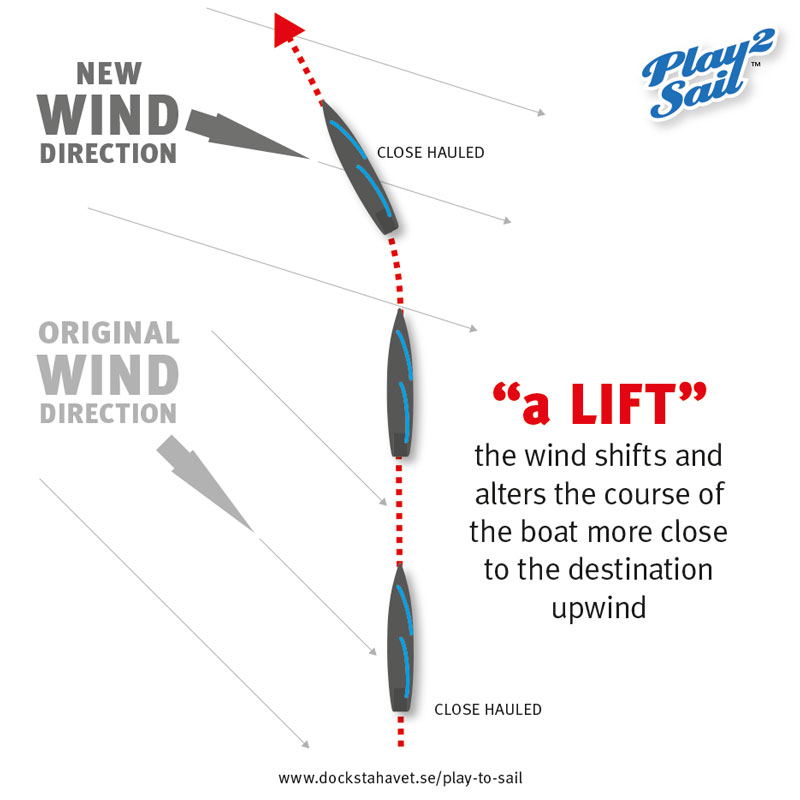



![Share your #SAILING passion with an original mug [#TAGMUG E-SHOP]](https://images.squarespace-cdn.com/content/v1/594e2defd482e9221abc3588/1614719169926-XIJ8HIHLRZXCTPUXT1XO/wind-shifts-sailing-mug.jpg)







